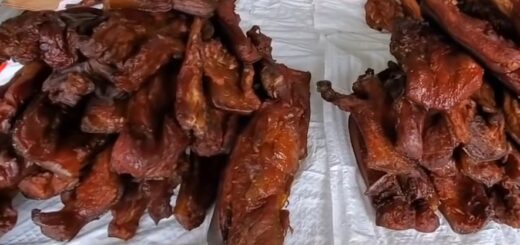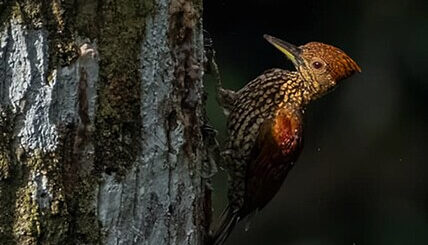Famous Festivals in the Philippines – Celebrating Culture
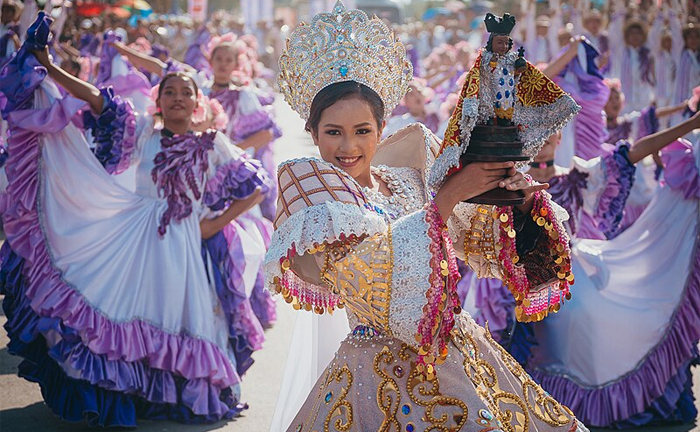
The Philippines, an archipelago of over 7,000 islands, is known for its rich culture, warm hospitality, and vibrant festivals. Each year, locals and tourists alike gather to celebrate various fiestas that highlight the country’s diverse heritage, traditions, and community spirit. Here’s a look at some of the most famous festivals in the Philippines that capture the essence of Filipino culture.
Sinulog Festival
Location: Cebu City
When: Third Sunday of January
The Sinulog Festival is one of the most popular and colorful festivals in the Philippines, honoring the Santo Niño (the Holy Child). The celebration features a grand street parade where participants, dressed in vibrant costumes, perform the traditional Sinulog dance—two steps forward and one step back—symbolizing the conversion of the natives to Christianity. The festival is also a time for religious devotion, culminating in a solemn procession.
Ati-Atihan Festival
Location: Kalibo, Aklan
When: Third Sunday of January
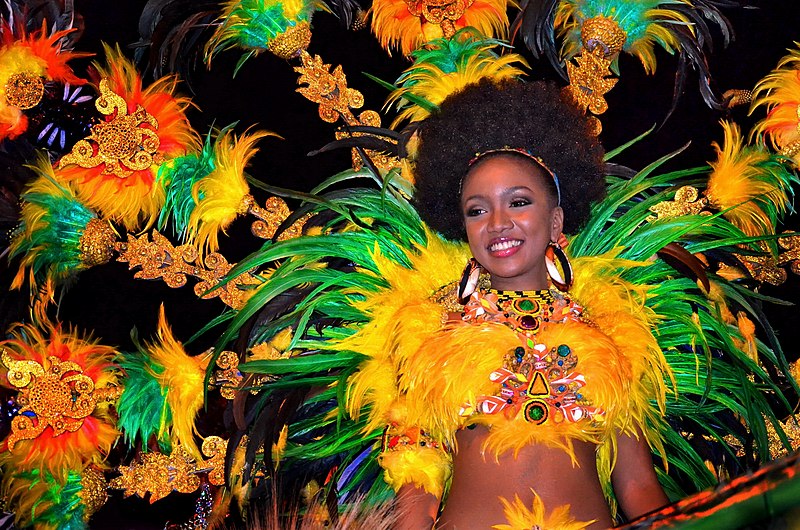
Ati-Atihan Queen by Allan Jay Quesada
Photo Source
Known as the “Mother of All Philippine Festivals,” the Ati-Atihan Festival is a week-long celebration honoring the Santo Niño. Participants paint their faces with black soot and wear traditional Visayan attire, creating a lively atmosphere filled with music, dance, and merriment. The festival culminates in a grand parade, showcasing the unique culture and artistry of the Aklanon people.
Pahiyas Festival
Location: Lucban, Quezon
When: May 15
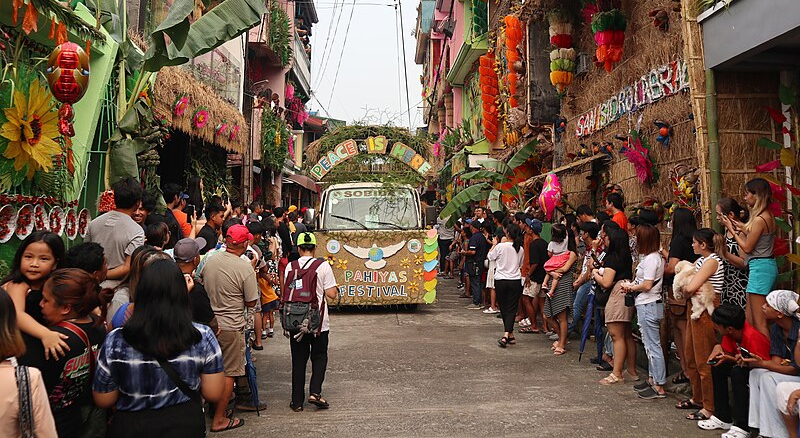
Pahiyas Festival 2023 parade – Author: Patrickroque01
Photo source
The Pahiyas Festival is a feast for the eyes, where locals decorate their homes with colorful displays made from rice, fruits, and vegetables to show gratitude for a bountiful harvest. The vibrant decorations, especially the famous “kiping” (rice wafers), create a stunning backdrop for the festivities. Visitors can enjoy local delicacies and experience the warm hospitality of the Lucban locals during this agricultural celebration.
Panagbenga Festival
Location: Baguio City
When: February
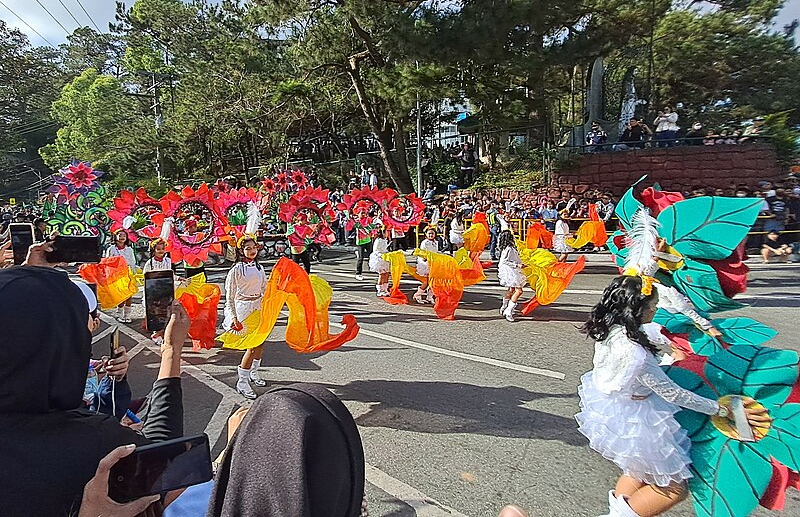
Panagbenga Festival – Photo by: LMP 2001
Photo source
The Panagbenga Festival, also known as the Flower Festival, celebrates the blooming season in Baguio City. The highlight of the festival is the grand float parade featuring floats adorned with fresh flowers, showcasing the city’s vibrant floral industry. The festival also includes street dancing, flower exhibits, and various cultural activities, making it a must-see for nature lovers and culture enthusiasts.
Kadayawan Festival
Location: Davao City
When: Third week of August
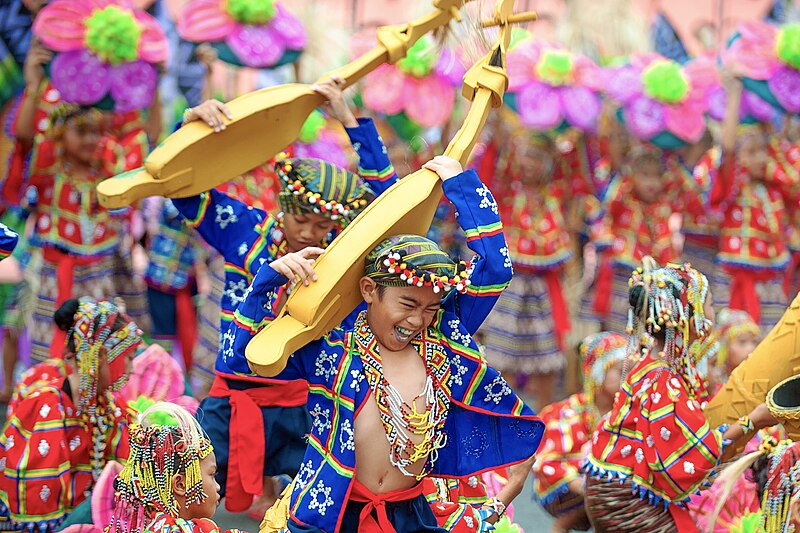
Kadayawan Festival
Author: Fpj455
Photo source
Celebrated in Davao City, the Kadayawan Festival is a week-long tribute to the city’s rich cultural heritage and bountiful harvest. The festival features street dancing, floral floats, and various competitions that highlight the traditions of the indigenous peoples of Davao. Visitors can experience local handicrafts, traditional music, and a sense of community that embodies the spirit of the Mindanao region.
Flores de Mayo
Location: Nationwide
When: May
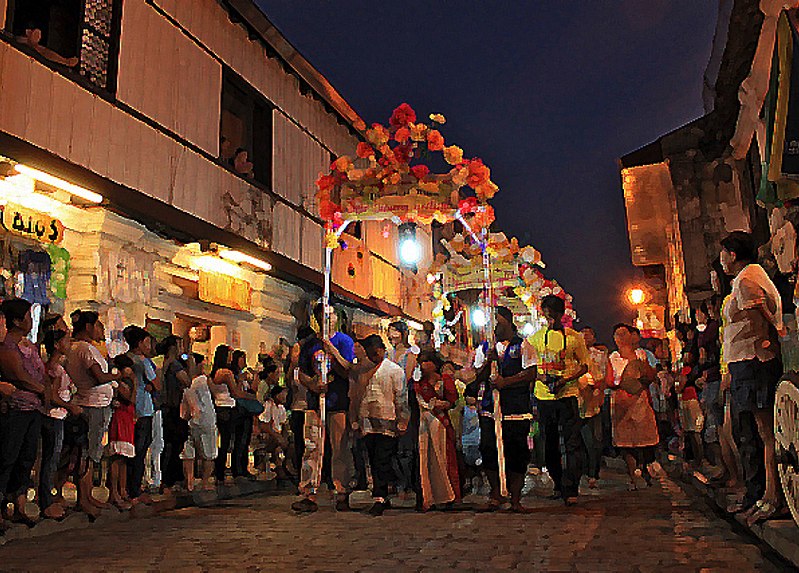
Flores de Mayo
Photo by: Markytour777
Photo source
Flores de Mayo, or “Flowers of May,” is a month-long Catholic tradition that honors the Virgin Mary. Each day, children and women dress in traditional attire, offering flowers to Mary during nightly processions. The culmination of the festival is the Santacruzan, a grand procession that reenacts the search for the Holy Cross by Queen Helena, showcasing beauty and grace in elaborate gowns and headpieces.
The festivals in the Philippines are more than just celebrations; they are a reflection of the country’s history, culture, and community spirit. Each festival tells a unique story and brings people together, creating lasting memories for both locals and visitors. Whether you’re dancing in the streets, enjoying the vibrant displays, or savoring traditional delicacies, experiencing these festivals is an unforgettable journey into the heart of Filipino culture. If you ever find yourself in the Philippines, don’t miss the chance to join in the festivities and embrace the warmth of Filipino hospitality!
References:
Sinulog Festival Photo Source.

